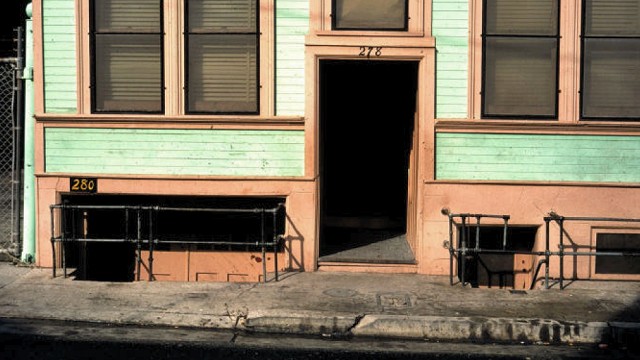
California, once upon a time, set great store by geologists. They were visionaries who could forecast promising sites for gold and silver mines, helpful specialists for keeping infrastructure soundly built, canny mappers of earthquake faults. Today geoscience does not have many friends, probably because it tends to bring unrealistic schemes down to Earth. When money raises its voice, the countervailing facts of geology are often inconvenient truths.
Geology is not a science of easy answers; it doesn't fit the current climate of jobs-centered projects and test-oriented curricula. It rewards lateral thinking, tentative conclusions, multiple working hypotheses. It also requires field trips. And in California high schools, geology doesn't qualify as a science lab course for college prep. For these and other reasons, teaching geology is a challenge. If you know (or are!) an Earth science teacher, they could probably use some help.
The Northern California Geological Society has an unusual degree of dedication to teachers of geology. The NCGS not only takes part in a national geology teachers' contest, but it also has its own cash grants for local Earth science teachers reaching out to kids.
The national contest for the K-12 Earth Science Teacher of the Year Award, run by the American Association of Petroleum Geologists, culminates in a $5,000 prize, but the NCGS gives $750 to its local winner. That person goes on to the regional AAPG contest in Long Beach, with its own $500 prize, before reaching the national level. It rewards well-established Earth science programs and requires 3 years of teaching experience. The application form is on the NCGS website.
The other pair of NCGS prizes, the $500 Geoscience Teaching Awards, go to a Northern California geology teacher regardless of experience—one for grades K–8 and one for grades 9–12—for "excellence in the teaching of earth or environmental sciences."
